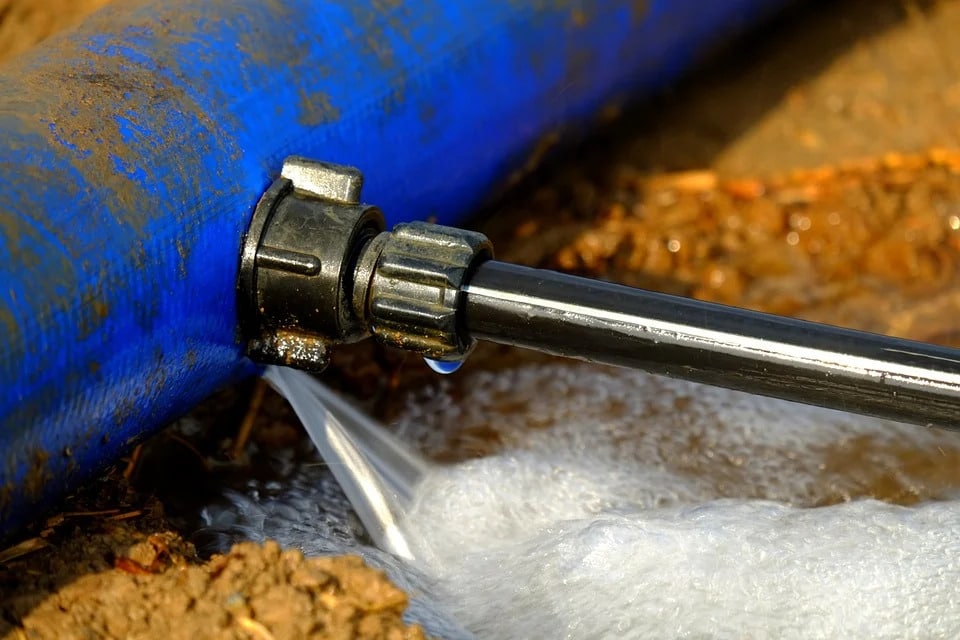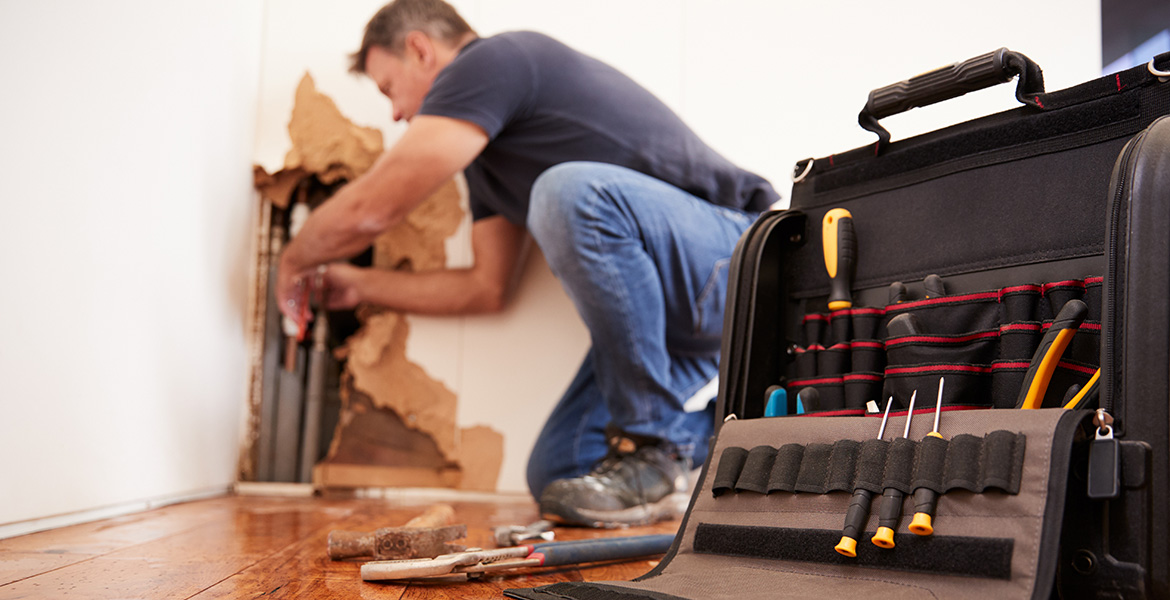What're your insights and beliefs on What to Know Before Installing a Dishwasher?

A ruptured pipe is a significant emergency; you can just stand as you enjoy water you pay very much to rejoin with the earth. In even worse cases, you observe a pool on your kitchen area floor, which is a fantastic trip threat, particularly if you have youngsters around. If the pipe that ruptured remained in your walls, trouble: you may need to paint that entire area.
Just how can a calamity like a burst pipeline be prevented and handled? Well, by paying attention to your expert emergency plumbing professionals and complying with these policies.
Just how do I know when my pipelines have burst?
Changing water stress
Pipes do not simply burst in a day. You might have noticed that your kitchen area faucet or shower does not run instantly when you turn the tap. It might pause for a few seconds and after that blast you with even more pressure than usual.
In other circumstances, the water might seem normal initially, after that decrease in pressure after a few secs.
Infected water
Many people presume a ruptured pipeline is a one-way electrical outlet. Quite the contrary. As water flows out of the hole or laceration in your plumbing system, impurities discover their method.
Your water might be contaminated from the resource, so if you can, inspect if your water container has any problems. Nevertheless, if your alcohol consumption water is provided and purified by the local government, you need to call your plumber immediately if you see or smell anything funny in your water.
Puddles under pipelines and sinks
When a pipe ruptureds, the discharge forms a puddle. It may appear that the pool is expanding in dimension, and no matter how many times you mop the pool, in a few minutes, there's one more one waiting to be cleaned up. Commonly, you might not have the ability to map the pool to any visible pipes. This is an indication to call an expert plumber.
Wet walls and water spots
Before a pipeline ruptureds, it will certainly leakage, the majority of times. If this relentless dripping goes undetected, the leakage might finish right into a large tear in your pipeline. One very easy method to prevent this emergency is to watch out for wet walls ad water spots. These water spots will lead you right to the leak.
Untraceable leaking sounds
Pipeline ruptureds can take place in one of the most undesirable areas, like within concrete, inside wall surfaces, or under sinks. When your home goes quiet, you may be able to listen to an aggravatingly relentless leaking noise. Even after you've examined your shower head and also kitchen area faucet, the leaking may continue.
Dear viewers, the trickling might be originating from a pipeline inside your wall surfaces. There isn't much you can do concerning that, other than inform a specialist plumber.
Show up the Warm
Set up fans to blow warm into cool areas. Maintain the garage door shut. If you have reduced water circulation, warmth one of the most at risk pipes (typically in basements and crawl spaces or near exterior walls) with a hair clothes dryer. Leave the tap on while you use warm. As you thaw ice, the circulation will certainly boost. To avoid pipes from freezing, insulate your walls.
Begin Eliminating the Water
Grab the mop, pails and also a store vacuum to start to get rid of the water due to the fact that you definitely don't desire it saturating into everything else in your house. And also, a quick clean up will certainly reduce the chances of something getting musty.
What do I do when I identify a ruptured pipeline?
Your water meter will continue to run even while your water wastes. To lessen your losses, find the major controls as well as turn the supply off. The water pipe are an above-ground structure beside your residential property.
How to Fix & Detect a Leaking Pipe
How Do I Know if a Pipe is Leaking?
Leak detection tests can help you determine if your pipe has a leak. Even if you don’t see an apparent leak, you should still conduct leak detection tests regularly to save water and money—and prevent major damage to your home.
Water meter. It can be helpful to figure out what your usual water meter usage numbers are and then monitor them regularly. To monitor your meter, first, turn off all water faucets in your home. Check the meter and write down the numbers. In a few hours, check the meter again. If the numbers have changed, you have a leak. Water gauge. Use a water gauge to test your water pressure. Your showerhead should produce a certain amount of water pressure based on its model and design. If the pressure is lower than it is supposed to be for that specific showerhead, your home likely has a leak. Puddles. Look inside your bathroom, laundry, and kitchen sink cabinets. Puddles around the cabinets or around toilets, tubs, showers, and washing machines indicate the presence of a leaking pipe. You may also notice loose tiles, peeling or flaking paint, or mold caused by water accumulation. Napkin test. Even if you don’t see any puddles, you may still have a leak. You can test for water leaks in the bathroom, laundry, and kitchen by wiping below-sink connections with a napkin, paper towel, or piece of toilet paper. If it becomes damp, you probably have a leaking pipe under the sink. Discolored walls. Walls that are discolored—usually with brown or yellow stains—or bulging might mean that they have been impacted by water damage caused by a leaking pipe. Smell. A leaky pipe will create sitting water, and over time, that water may develop a musty smell. If your home smells musty, but you can’t locate the source, it may be due to a leak. Steps for Fixing a Leaking Pipe
A leaky drain can be remedied by tightening the pipe base, replacing the drain seal, caulking the rim, and tightening the pipe nut. Similarly, a leaking toilet pipe can be treated by tightening the packing nut. You may also need to replace the valve. A leaky faucet may just need tightening or replacement of the washers. If that doesn’t work, consider replacing your faucet. If your pipe has a hole in it, you may want to use a pipe leak sealer or pipe leak tape. This quick fix for water pipe leaks can also temporarily fix a copper pipe leak. https://www.ahs.com/home-matters/quick-tips/how-to-tell-if-pipes-are-leaking/

I stumbled upon that entry on How to Prepare for Your Dishwasher Installation when doing a lookup on the internet. Those who enjoyed our blog entry please make sure you remember to pass it around. Thank you for taking the time to read it.
Book Appointment Now